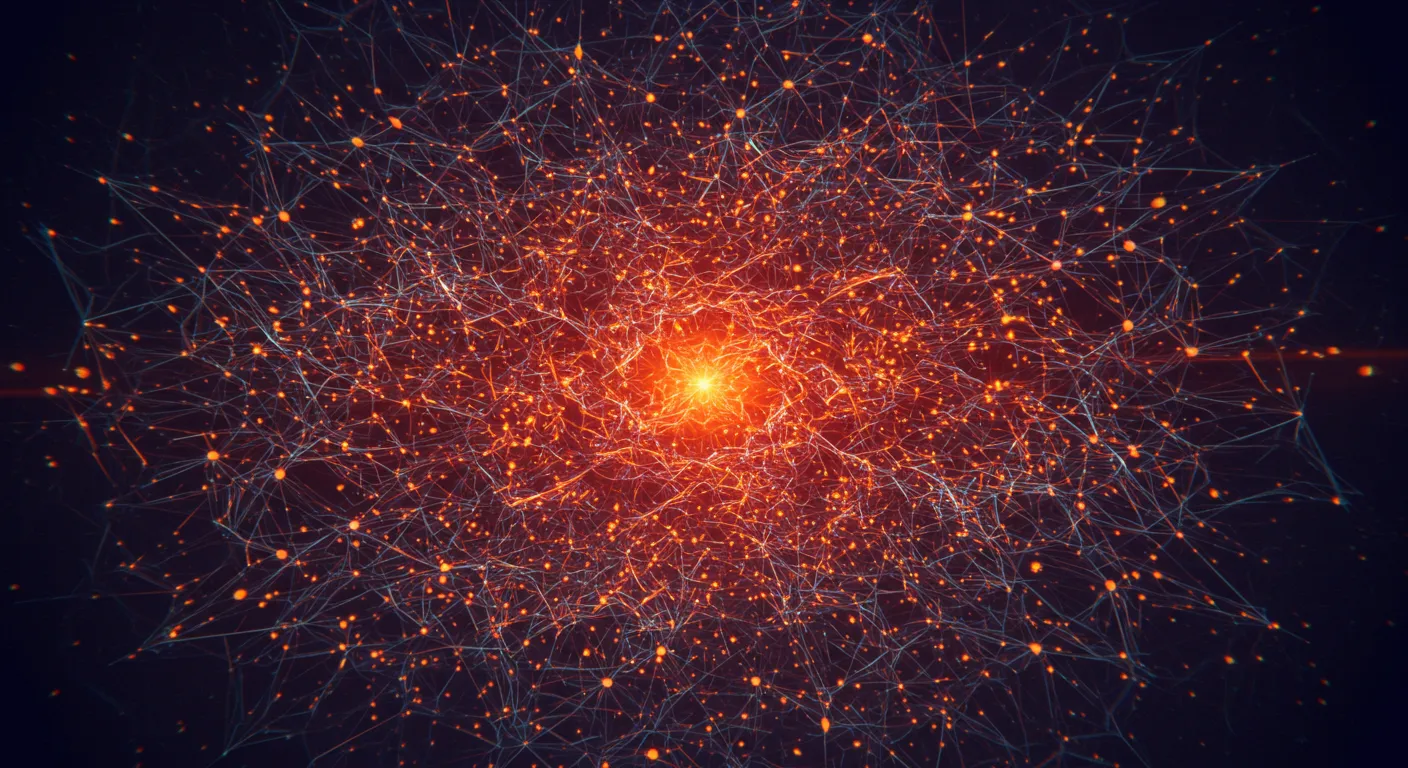In the ever-evolving landscape of artificial intelligence, knowledge graphs have emerged as a tantalizing yet controversial technology that promises to transform how we organize and retrieve information. Online commentators are deeply divided on their utility, with passionate arguments both for and against their widespread adoption.
Security professionals see immense potential in knowledge graphs, particularly for mapping complex relationships. As one commentator pointed out, these graphs can brilliantly illuminate intricate network dependencies, such as tracking access permissions across cloud infrastructure or tracing potential vulnerability paths in organizational systems.
However, skeptics argue that knowledge graphs often suffer from fundamental limitations. They question the real-world effectiveness of automatically generated graphs, highlighting issues like poor entity disambiguation and the challenge of creating truly meaningful connections between concepts. The underlying concern is whether these graphs provide genuine insight or merely create an illusion of structured understanding.
The technical community seems particularly intrigued by the potential of large language models in generating these graphs. Some developers are experimenting with simple markdown files and AI models to create dynamic, evolving knowledge repositories, suggesting that the implementation might be more straightforward than traditional complex graph-building approaches.
Despite the debates, there's a consensus that knowledge graphs aren't a one-size-fits-all solution. Their value depends heavily on the specific use case, the quality of data, and the sophistication of the underlying model. As AI continues to evolve, the role of knowledge graphs will likely be refined, moving from a buzzword to a more nuanced technological tool.


